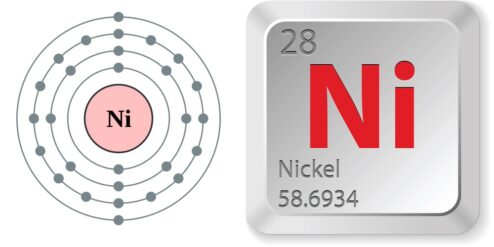Canned tuna is a popular and convenient source of protein, omega-3 fatty acids, and various other nutrients. However, there are concerns about the presence of certain metals, such as nickel, in seafood and canned fish products. This article explores the composition of canned tuna, the presence of nickel in seafood, the connection between canned tuna and nickel, the nickel content in different tuna brands, the health implications of high nickel consumption, and safe consumption guidelines for canned tuna.
Understanding the Composition of Canned Tuna
Canned tuna is primarily composed of tuna meat, water, and salt, although some brands may add vegetable broth or oil. Tuna is a rich source of high-quality protein and contains essential fatty acids, particularly omega-3 fatty acids, which are beneficial for heart health. It also provides a variety of vitamins and minerals, including vitamin D, selenium, and iodine. However, like all seafood, tuna can also contain traces of metals due to environmental pollution.
Nickel in Seafood: A Detailed Overview
Nickel is a naturally occurring element that is found in the earth’s crust, soil, water, and air. It is also present in many foods, including seafood. Seafood can accumulate nickel from the surrounding water and sediment, especially if the water is polluted with industrial waste. However, the nickel content in seafood varies widely depending on the species and the environment in which it lives.
The Connection Between Canned Tuna and Nickel
Canned tuna can contain nickel, but the amount is usually very small. The canning process itself does not significantly increase the nickel content, as nickel is not used in the production of food-grade cans. However, the nickel content in canned tuna can vary depending on the type of tuna, the location where it was caught, and the brand.
Evaluating the Nickel Content in Different Tuna Brands
There is limited data on the nickel content in different tuna brands. However, some studies have found that the nickel content in canned tuna can range from 0.02 to 0.1 mg per kilogram. This is well below the maximum allowable level of 1 mg/kg set by the European Union. It’s important to note that these are average values and individual cans may have higher or lower levels.
Health Implications of High Nickel Consumption
While nickel is an essential trace element, excessive intake can cause health problems, such as skin rashes, gastrointestinal symptoms, and in severe cases, lung and nasal cancer. People with nickel allergy or sensitivity may also react to foods with high nickel content. However, the amount of nickel in canned tuna is usually too small to cause health problems in most people.
Safe Consumption Guidelines for Canned Tuna
The World Health Organization (WHO) suggests a safe intake of nickel from all food sources of up to 0.02 mg/kg body weight per week. Given the low nickel content in canned tuna, it is unlikely to exceed this limit unless consumed in very large amounts. However, other factors, such as the presence of mercury in tuna, should also be considered when determining safe consumption levels.
While canned tuna can contain traces of nickel, the amount is typically very small and unlikely to cause health problems in most people. However, individuals with nickel allergy or sensitivity should be cautious. It’s also important to consider other factors, such as the presence of mercury, when consuming canned tuna.
Per approfondire:
- Nickel in the Human Diet and Its Health Effects: A comprehensive review of the sources of dietary nickel and its health effects.
- Nickel in Fish, Shellfish, and Other Seafood: A study examining the nickel content in various types of seafood.
- Nickel Allergy: Everything You Need to Know: An informative article from Mayo Clinic about nickel allergy.
- Mercury Levels in Commercial Fish and Shellfish: A list of mercury levels in various types of seafood, including tuna, provided by the FDA.
- Safe Seafood Guide: A guide to choosing safe and sustainable seafood from the Monterey Bay Aquarium Seafood Watch.


